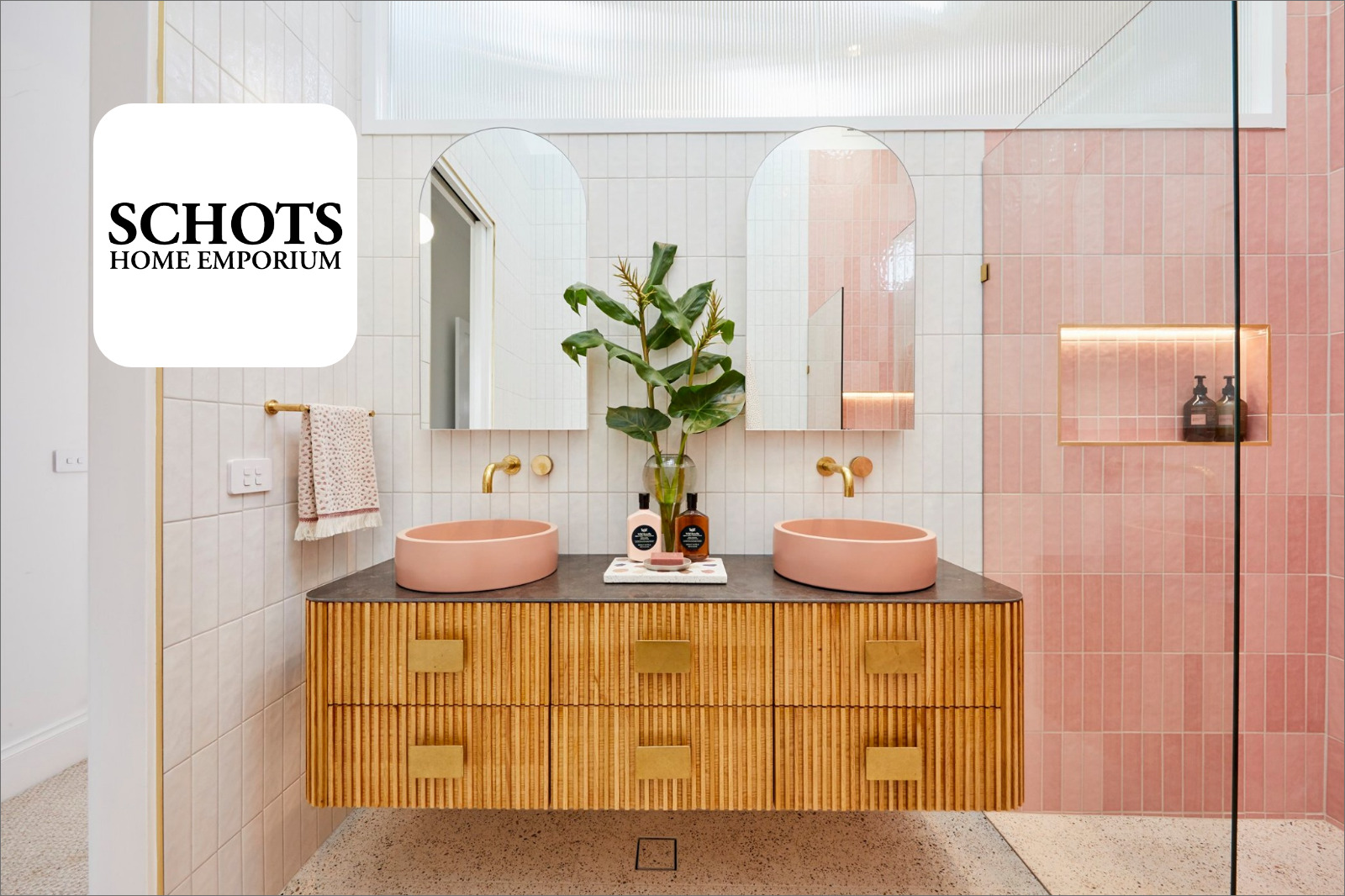
The power of automated programs increased Schots’ revenue by 65%
-
in revenue from an abandoned cart program
-
above industry standard CTR
-
increase in YoY revenue

Tackling conversion challenges in the furniture industry with enhanced customer engagement
As an online retailer in the furniture industry, Schots faced a significant challenge in transforming the key metric of conversion in the brand’s longer sales cycle. In furniture shopping, customers take a considerable amount of time to deliberate before making a purchase. Although customers still prefer to go in store to buy furniture, Schots wanted to capitalize on web traffic during holiday periods when abandoned carts would historically peak. However, Schots was missing a solution that would provide visibility over the extended customer journey and the capability to launch follow-up strategies to recover missed revenue.
Another challenge was re-engaging inactive customers and staying top of mind even when customers aren’t necessarily looking for furniture. Analysis revealed that 10,000 customers that had previously purchased were set as inactive, despite the fact that they contributed to 54% of overall revenue. This was a large high-potential segment in Schots’ database that the brand needed to address.
Boosting conversions with an abandoned cart strategy
Building an abandoned cart program
Schots started with two campaigns to strategically drive urgency and encourage immediate action from customers with abandoned carts. In the first campaign, a scarcity play was employed, highlighting limited time availability or low stock of certain products to create a sense of urgency. The second campaign targeted customers who hadn’t made a purchase after one day, striking while the iron was hot with a “now or never” message.
The brand took into consideration both scenarios by allowing customers ample time for research, yet staying top of mind during the longer sales cycle process. The combination of scarcity messaging and timely reminders significantly increased the chances of customers completing their purchases, resulting in a higher conversion rate. After measuring the success of the two programs, the retailer added a third abandoned cart program which was targeted at people who dropped off the cart checkout during the shipping and review stages.

Figure 1: Schots’ abandoned cart program generated $60k in revenue.
Learn more about email automation
For reactivating inactive customers, Schots used Dotdigital’s eRFM segmentation tool to identify lapsed VIP customers and send them exclusive offers to entice them back.

Figure 2: VIP program email to high potential customers with dynamic code
Find out more about personalization
Especially in the furniture industry, Schots recognized that customers in the deliberation phase required a more patient approach. Longer delay nodes were incorporated into the workflows to engage and convert these colder leads effectively. With spaced-out communications, Schots could maximize the chances of re-engaging customers and ultimately, convert them. These customers were then engaged with regular communications as part of the identified segment to further nurture the relationship.
Doubling revenue with Dotdigital's abandoned cart program
In the first six months, the abandoned cart program generated $60,000 in revenue with a click-through rate of 6.36%, beating the industry standard by 35%. This led to a whopping 65% year-on-year revenue growth for Schots. With eRFM analysis, Schots identified previously non-existent customer segments and developed targeted campaigns tailored to their specific needs. This resulted in a more personalized and engaging experience for a significant portion of lapsed and inactive customers.
Streamlining online and in-store experiences with Adobe Commerce and Netsuite integration
Schots currently uses Adobe Commerce and is looking at expanding its marketing automation strategy with the integration of Netsuite to streamline the in-store and online consumer experience. The integration is focused on nurturing in-store customers with synchronised post-purchase communications, ensuring customers receive a consistent and personalized experience, regardless of whether they choose to shop in-store or online. To supplement Schots’ goals in personalization, the brand will also be exploring SMS as a communication channel to drive timely messages right to the palm of customers’ hands.
1. Harness the power of abandoned cart campaigns at critical periods: Implementing targeted abandoned cart campaigns during peak periods, like holidays, significantly increased Schots’ revenue. By addressing abandoned carts with an automated email campaign, Schots recovered missed sales opportunities and increased conversions.
2. Understand the sales cycle and adapt accordingly to your segment: Incorporating longer delay nodes in workflows effectively engaged Schots’ customers in the deliberation phase. By personalizing the experience to the VIP segment with dynamic coupons, and nurturing inactive customers, the brand was able to reignite customer interest and drive conversions.
